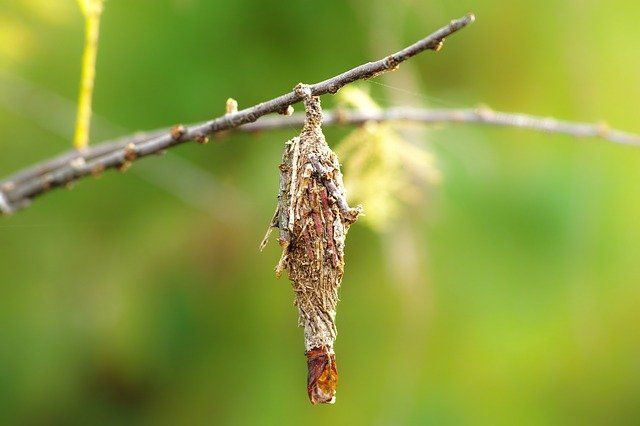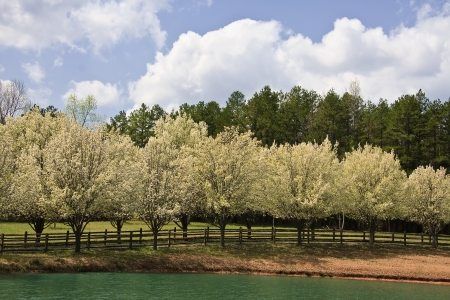When Is the Best Time of Year to Trim or Remove Trees in Georgia?
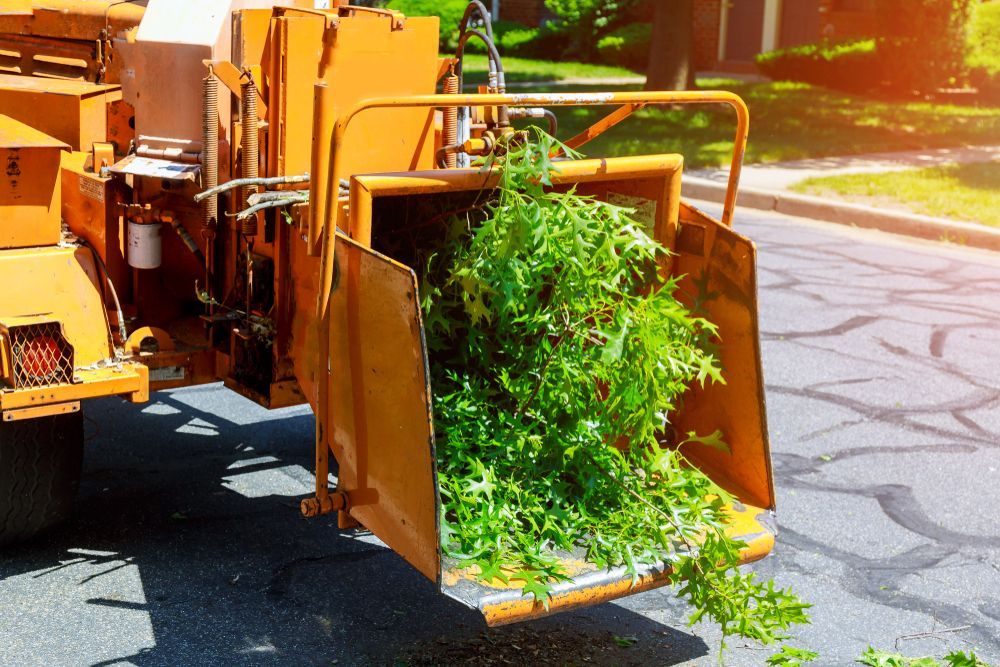
You wouldn’t schedule a haircut in a thunderstorm or replace your roof in the dead of winter, timing matters. The same goes for your trees. In Georgia, where summers are humid, winters are mild, and ice storms like to sneak in, when you trim or remove a tree can make all the difference. A well-timed tree service can be the key to keeping your trees healthy and avoiding bigger problems down the road.
At SAM Tree Service, we’ve been walking through backyards and assessing tree health for over 25 years. And if there’s one question that never gets old, it’s this: “Is now a good time to trim this tree?”
Let’s walk through it, season by season, with real advice you can trust, not just textbook rules.
Winter: Tree Work’s Quiet Season, and One of the Best
Winter is hands-down one of the best times of year for trimming most trees. Why? Because your tree is asleep.
When a tree goes dormant (usually from late November through February), its energy isn’t going toward growing new leaves or fruit. That makes it the perfect time to prune without causing unnecessary stress.
Plus, with the leaves gone, we can see the shape of the tree. This helps us make smarter, cleaner cuts, especially important for older hardwoods like oaks and maples.
If you’re considering removing a tree, winter is also a great time. The ground is usually firmer, and we’re less likely to disturb the surrounding landscape. Fewer leaves mean less cleanup, and if you’re worried about curb appeal, a bare spot is less noticeable during this slower-growing season.
Bottom line:
Dormant season = your tree’s quiet time. And that’s the best time for us to do some work without waking it up too hard.
Spring: New Growth Means Caution
Spring in Georgia is beautiful. It’s also busy for people, pollen, and plants. Trees are pushing out new buds, leaves are unfurling, and sap is flowing like sweet tea at a family barbecue.
Here’s the thing: when a tree is focused on growing, cutting it can confuse its rhythm. It’s like asking someone to sprint and balance on one foot at the same time. Not ideal.
Now, that doesn’t mean no pruning in spring. Light trimming is okay, especially if you’ve got broken branches from winter storms or limbs threatening your roof. But major cuts? It’s better to hold off unless it’s an emergency.
Quick tip:
If your tree is bleeding sap when you prune it, it’s a sign you’re cutting during the wrong window. Trees like maples and birches, especially, don’t love spring pruning.
Summer: Cleanups and Selective Cuts Only
By summer, your tree is in full swing, lots of leaves, deep green colors, and, for fruiting species, actual fruit. It’s tempting to start shaping it up, especially when limbs start brushing against windows or dropping leaves in the pool.
But trimming too much in summer can leave your tree exposed. The sun is strong, and fresh cuts make it easier for pests or disease to sneak in.
That said, summer is a good time for:
- Storm damage clean-up
- Cutting back limbs crowding a home or power line
- Canopy thinning to help airflow and light
We like to call summer “maintenance season.” Keep it light and avoid big cuts unless necessary.
Fall: Plan and Prep for Winter
Fall is one of our favorite times to walk a property. The weather is cooler, the leaves are changing, and it’s easier to spot trouble areas once trees start dropping leaves.
It’s a great time to:
- Identify dead or dying branches
- Plan for winter tree removals
- Trim back limbs that could cause roof damage during an ice storm
While trees are still technically “awake” in early fall, they’re winding down. Small trims are safe, and it’s the ideal time to get on the calendar for bigger winter projects.
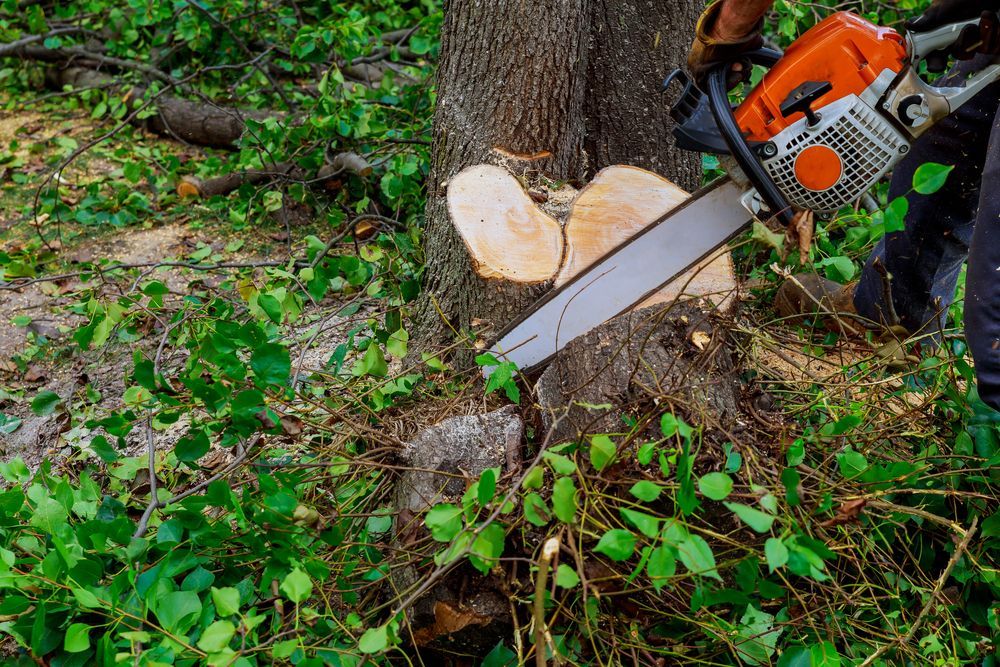
What About Tree Removal?
Unlike tree pruning, tree removal doesn’t have a perfect season; it depends more on the tree’s condition than the calendar. If a tree is leaning, splitting, or dying, don’t wait. A Georgia storm doesn’t care what month it is.
That said, winter and early spring removals usually make for the cleanest, easiest work. The tree is lighter without leaves, and the ground is firm enough to support heavy equipment without tearing up your lawn.
Why Timing Matters
Trees may be tough, but they’re not invincible. Just like people, they heal better when they’re healthy and well-rested. By working with, not against, the seasons, you give your trees the best chance to thrive.
A well-timed trim can:
- Prevent storm damage
- Encourage strong, healthy growth
- Improve your home’s safety and aesthetics
- Save you money in the long run
At SAM Tree Service, we don’t just show up with chainsaws. We show up with a plan, a purpose, and a respect for your property—and the trees on it.
FAQs
Can I trim my trees anytime I want?
You can, but we wouldn’t recommend it. Timing makes a difference in how your tree responds. Trimming in the wrong season might not kill your tree, but it can slow its growth or open the door to pests.
How do I know if a tree needs to be removed or just trimmed?
That’s where we come in. Some trees can be saved with proper pruning, while others are too far gone. We’ll walk your property with you, explain what we see, and offer honest advice—no pressure.
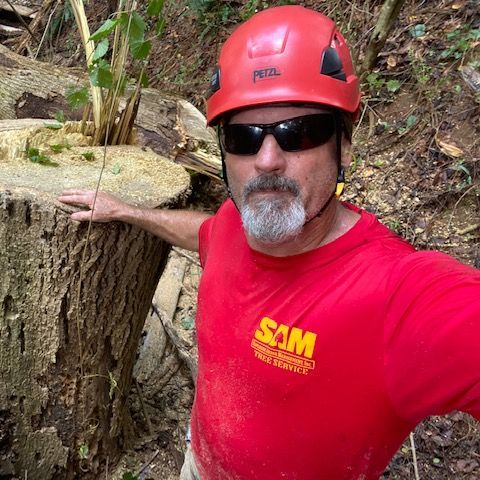
Tim Costley
Tim Costley is the President of Superior Arbor Management, Inc. He has achieved the ISA Arborist Certification to provide the best possible tree care for S.A.M.’s customers.
*ISA Certified Arborist #SO-1925A
*ISA Tree Risk Assessment Qualification (TRAQ)
*ASCA (American Society of Consulting Arborist) Member

